When it comes to choosing the perfect tires, the options seem endless.
Bridgestone vs Firestone—two renowned tire brands that have captured the attention of drivers worldwide.
In this post, I’ll delve deep into their histories, dissect their performances on dry, wet, and snowy roads, explore their mileage warranties and average lifespan, compare their prices, discuss the pros and cons, and finally, crown the ultimate winner.
So, let’s dive in and discover which brand reigns supreme!
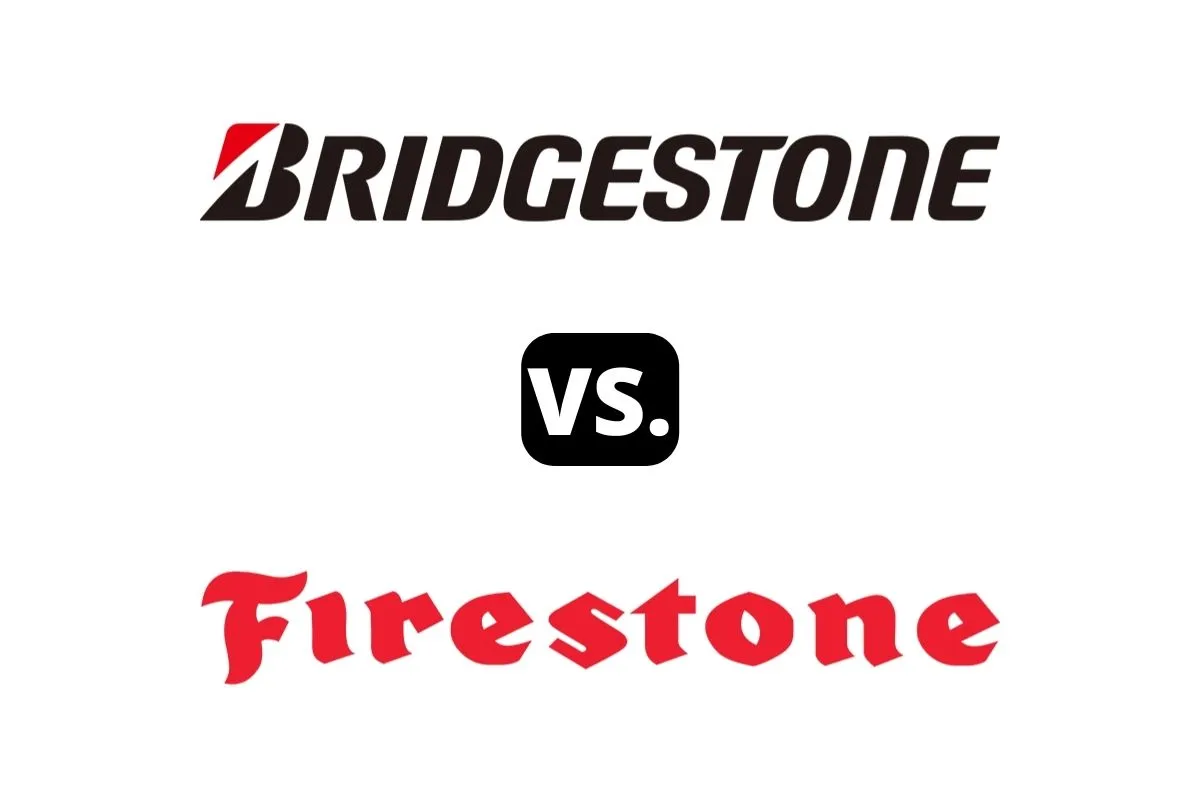
Bridgestone vs Firestone – Comparison Table
| Bridgestone | Firestone | |
| Country of Origin | Japan | United States |
| Year Founded | 1931 | 1900 |
| Made In | United States, Canada, Mexico, Costa Rica, Brazil, Argentine, Belgium, Spain, Poland, Italy, Hungary, Russia, Turkey, South Africa, Thailand, Indonesia, Taiwan, Vietnam, India, China, Australia, or Japan | United States, Vietnam, Brazil, Canada, and Costa Rica |
| Parent | Ishibashi family (Japan) | Bridgestone Corporation (Japan) |
About the Brands

1. Bridgestone
Bridgestone, a renowned tire brand, originated in Japan in 1931 and is currently owned by the Ishibashi family.
The company was founded by Shojiro Ishibashi, who aimed to produce high-quality tires for automobiles and other vehicles.
Over the years, Bridgestone has established itself as a global leader in the tire industry, offering a wide range of innovative and durable products.
Bridgestone’s success can be attributed to its commitment to research and development, allowing the brand to continually introduce new technologies and advancements.
The company’s focus on quality and performance has made it a trusted choice for drivers worldwide.
Bridgestone tires are known for their superior grip, durability, and excellent handling in various road conditions.
With a strong presence in both the consumer and commercial markets, Bridgestone has expanded its operations globally.
The brand has manufacturing facilities in numerous countries, enabling it to meet the growing demand for its products.
Bridgestone’s commitment to sustainability is evident through its eco-friendly initiatives, including the development of fuel-efficient tires and recycling programs.
Through its long and successful history, Bridgestone has cemented its position as one of the most respected and reliable tire brands, offering drivers safety, performance, and comfort on the road.
Mostly Known for Manufacturing Tires For:
- Passenger cars
- Trucks
- Buses
- SUVs (Sport Utility Vehicles)
- Crossovers
- Performance vehicles
- Sports cars
- Off-road vehicles
- All-terrain vehicles
- Commercial trucks
- Agricultural vehicles
- Construction equipment
- Mining equipment
- Motorcycles
- Aircraft
2. Firestone
Firestone is an iconic American tire brand that traces its roots back to 1900 when it was founded in the United States.
The company quickly gained recognition for its high-quality tires, becoming a leading player in the industry.
Throughout its history, Firestone has been committed to innovation and performance.
In 1988, Firestone became a subsidiary of the Bridgestone Corporation, a Japanese multinational company.
This acquisition allowed Firestone to benefit from Bridgestone’s global reach and technological advancements.
Over the years, Firestone has continued to thrive under Bridgestone’s ownership, leveraging its expertise and resources to maintain its position as a trusted tire brand.
Today, Firestone offers a wide range of tires for various vehicles, including passenger cars, trucks, SUVs, and commercial vehicles.
With a rich heritage and a legacy of excellence, Firestone remains a prominent name in the tire industry.
Mostly Known for Manufacturing Tires For:
- Passenger cars
- Trucks
- SUVs (Sport Utility Vehicles)
- Vans
- Light trucks
- Medium trucks
- Buses
Differences
1. Dry Performance
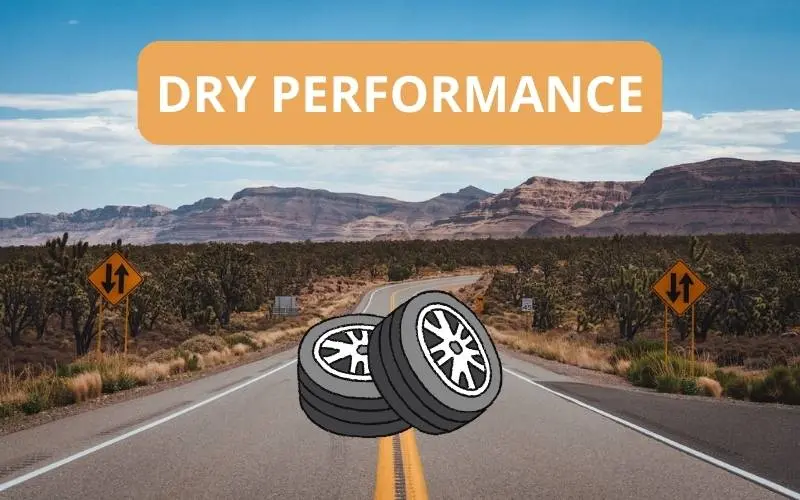
I’m going to compare the performance of two summer tires as they are the ideal type in dry weather.
I’m taking a look at the Bridgestone Potenza RE-71R vs the Firestone Firehawk Indy 500.
In my evaluation, the Bridgestone Potenza RE-71R earns a dry performance rating of 4.8 out of 5.
It has received exceptional reviews for its dry traction, grip, cornering, and braking.
Its aggressive nature and outstanding dry traction on the track further reinforce its strong performance.
On the other hand, the Firestone Firehawk Indy 500 achieves a rating of 4.5 out of 5 for its dry performance.
It boasts impressive handling, cornering, grip, stability, and a comfortable, quiet ride.
While both tires exhibit strong dry performance, the Bridgestone Potenza RE-71R emerges as the winner with a slightly higher rating.
2. Wet Performance
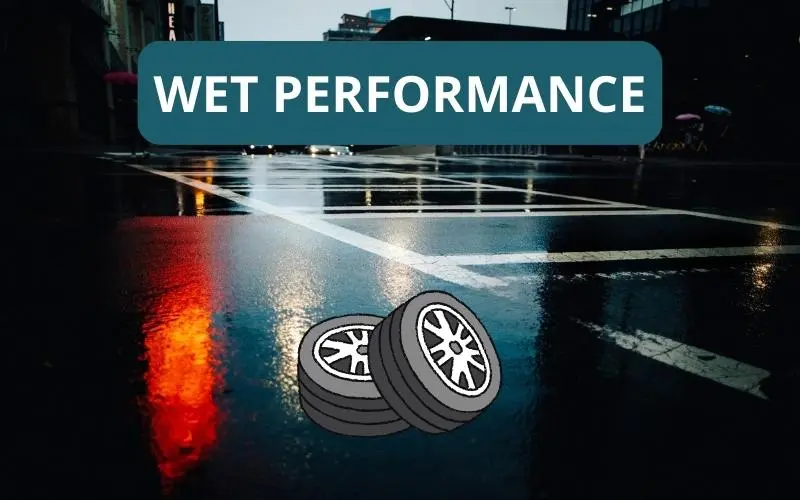
For the wet performance, I’ll be comparing the Bridgestone Potenza RE980AS+ vs the Firestone WeatherGrip.
Based on my research, I would rate the Bridgestone Potenza RE980AS+ with a wet performance rating of 4.6 out of 5.
This tire has received high praise for its exceptional wet traction, thanks to features like wide circumferential grooves and lateral notches that effectively reduce the risk of hydroplaning.
On the other hand, the Firestone WeatherGrip also offers good wet performance with a rating of 4.3 out of 5.
It boasts shorter braking distances, hydroplaning resistance, and an all-season performance design.
Considering their ratings, the Bridgestone Potenza RE980AS+ edges out the Firestone WeatherGrip slightly in terms of wet performance.
3. Snow Performance
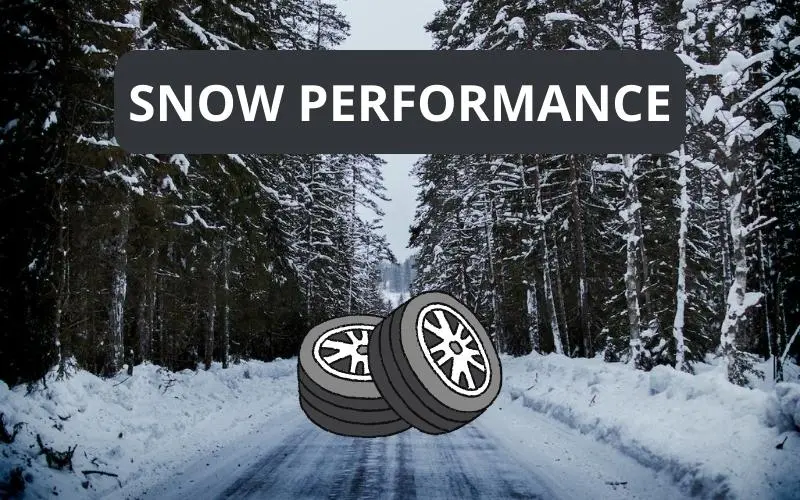
We all know that you need dedicated winter tires if you’re going to be driving on harsh winter conditions.
That’s why I’ll be comparing the snow performance of two specialized winter tires – Bridgestone Blizzak WS80 vs Firestone Winterforce 2.
In my assessment, the Bridgestone Blizzak WS80 receives a snow performance rating of 4.7 out of 5, indicating excellent performance.
Its focus on ice braking distance, traction, and the Multicell compound contribute to its high score.
The Firestone Winterforce 2, on the other hand, receives a rating of 4.5 out of 5, indicating reliable performance.
Its cold weather compound, open shoulder slots, and sipes enhance traction on snowy and icy surfaces.
While there is a slight difference in ratings, both tires offer impressive snow performance.
Therefore, I would declare it a tie between the two.
4. Mileage Warranty and Tread Life

| Bridgestone | Firestone | |
| Treadwear Warranty | up to 80,000 miles tread life warranty | up to 55,000 miles tread life warranty |
| Average Tread Life | Bridgestone tires are generally expected to last anywhere from 45,000 to 80,000 miles. | Firestone tires are expected to last anywhere between 40,000 to 60,000 miles on average. |
After conducting research on Bridgestone and Firestone tires, I found that Bridgestone offers a higher mileage warranty compared to Firestone.
Bridgestone provides an impressive treadwear warranty of up to 80,000 miles, while Firestone offers a tread life warranty of up to 55,000 miles.
Moreover, the average lifespan of Bridgestone tires ranges from 45,000 to 80,000 miles, whereas Firestone tires typically last between 40,000 to 60,000 miles.
Overall, Bridgestone tires seem to have a longer lifespan and a more extensive mileage warranty than Firestone tires.
5. Prices

In this section, I’ll be taking a look at the price ranges of both tire brands – Bridgestone vs Firestone.
I’ll be using one of the biggest tire and wheel retailers in the US for this comparison – Discount Tire.
Here is a comprehensive table that showcases each brand has to offer:
| Bridgestone | Firestone | |
| Average Price Range (Discount Tire) | $113 to $674 /ea | $82 to $603 /ea |
| Cheapest Tire (Discount Tire) | Blizzak WS90 goes from $113 – $269 /ea | FT140 goes from $82 – $170 /ea |
| Most Expensive Tire (Discount Tire) | Potenza Race goes from $436 – $674 /ea | Destination M/T 2 goes from $229 – $603 /ea |
6. Pros and Cons
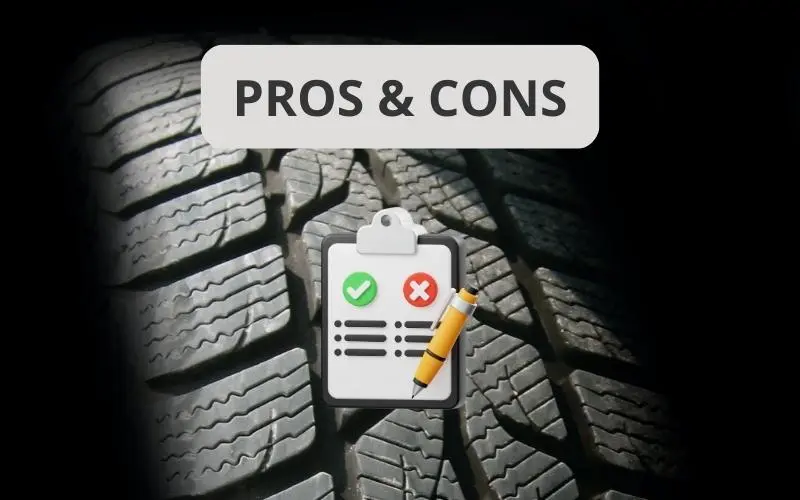
Bridgestone
| Pros | Cons |
| ✔ Wide array of choices | ❌ Confusing product lines |
| ✔ Specialized performance tires | |
| ✔ Some of the best warranty options in the tire industry |
Firestone
| Pros | Cons |
| ✔ Firestone tires have good performance | ❌ Their shop is very expensive and they might try and sell you unnecessary services/things |
| ✔ Wide availability | |
| ✔ Good option for those who live in areas with harsh winter conditions |
7. Popular Tires

Here are some notable tires from Bridgestone:
- Potenza RE-71R
- Turanza QuietTrack
- DriveGuard
Some of Firestone’s best tires are shown below:
- Destination LE3
- Firehawk Indy 500
- WeatherGrip
Which Is the Better Brand Overall?

Based on the evaluations, Bridgestone emerges as the better pick overall.
It excels in dry performance with the Bridgestone Potenza RE-71R, offers strong wet performance with the Bridgestone Potenza RE980AS+, and delivers excellent snow performance with the Bridgestone Blizzak WS80.
Additionally, Bridgestone provides a higher mileage warranty and longer lifespan compared to Firestone.
While Firestone has its advantages, such as good performance and availability, Bridgestone’s superior ratings and warranty options make it the winner in this comparison.